Properties
| Storage Buffer | PBS pH 7.4, 0.02% Proclin 300, 50% glycerol |
| Storage Temperature | -20ºC |
| Shipping Temperature | Blue Ice or 4ºC |
| Purification | AmMagTM Ultra AT Protein A MagBeads |
| Clonality | Recombinant Monoclonal |
| Clone Number | CAR1.1 |
| Isotype | IgG Kappa |
| Specificity | Detects region of v1.3 containing the cytoplasmic C-terminus |
| Cite This Product | Kv1.3 Antibody (StressMarq Biosciences | Victoria, BC CANADA, Catalog# SMC-630, RRID: AB_3716831) |
| Certificate of Analysis | 1 µg/ml was sufficient for detection of Kv1.3 on Rat Brain Membrane lysate. |
Biological Description
| Alternative Names | Kv1.3, KCNA3, KCNA 3, Potassium voltage-gated channel subfamily A member 3, Voltage-gated potassium channel subunit Kv1.3, Voltage-gated potassium channel subunit Kv3, Voltage-gated K(+) channel, HGK5, HLK3, HPCN3, HuKIII, RCK3, RGK5 |
| Research Areas | Cancer, Cell Signaling, Ion Channels, Neuroscience, Potassium Channels, Voltage-Gated Potassium Channels |
| Cellular Localization | Cell membrane |
| Accession Number | NP_062143.3 |
| Gene ID | 29731 |
| Swiss Prot | P15384 |
| Scientific Background |
Kv1.3 (KCNA3) is a voltage-gated potassium channel primarily known for its role in regulating membrane potential and cellular excitability. While extensively studied in immune cells, Kv1.3 is also expressed in neurons, microglia, and astrocytes, where it contributes to neuroimmune signaling and homeostatic regulation in the central nervous system. In the context of neurodegenerative disease, Kv1.3 has emerged as a critical modulator of neuroinflammation. Its upregulation in activated microglia has been observed in Alzheimer’s disease, Parkinson’s disease, and multiple sclerosis, where it promotes pro-inflammatory cytokine release, oxidative stress, and neuronal injury. Kv1.3 activity influences calcium signaling and mitochondrial function—two key pathways implicated in neuronal vulnerability and degeneration. Pharmacological inhibition of Kv1.3 has shown promise in preclinical models, reducing microglial activation, preserving synaptic integrity, and improving cognitive outcomes. These findings position Kv1.3 as a potential therapeutic target for modulating neuroinflammatory responses and slowing disease progression. Beyond inflammation, Kv1.3 may also influence neuronal excitability and synaptic plasticity, suggesting broader roles in learning, memory, and neurodegenerative pathophysiology. Its dual presence in immune and neural cells makes Kv1.3 a unique molecular bridge between the immune system and the brain. As interest grows in ion channel-targeted therapies, Kv1.3 stands out as a promising candidate for intervention in neurodegenerative disorders characterized by chronic inflammation and neuronal loss. |
| References |
1.,Pan, Y., Sun, J., Deveson, D., Mamo, J. C. L., Takechi, R., Norton, R., Jin, L., & Nicolazzo, J. (2022). A transcriptomic study reveals beneficial effects of HsTX1 [R14A] on the cognition of a mouse model of sporadic Alzheimer’s disease. Alzheimer's & Demen-tia. DOI: 10.1002/alz.068693 2.,Sarkar, S., Nguyen, H. M., Malovic, E., Luo, J., Langley, M., Pal-anisamy, B. N., Singh, N., Manne, S., Neal, M., Gabrielle, M., Abdalla, A., Anantharam, P., Rokad, D., Panicker, N., Singh, V., Ay, M., Charli, A., Harischandra, D., Jin, L.-W., Jin, H., Rangaraju, S., Anantharam, V., Wulff, H., & Kanthasamy, A. G. (2020). Kv1.3 modulates neuroinflammation and neurodegeneration in Parkinson’s disease. Journal of Clinical Investigation, 130(8), 4195–4212. DOI: 10.1172/JCI136174 3.,Beraldo-Neto, E., Ferreira, V. F., Vigerelli, H., Fernandes, K. R., Juliano, M. A., Nencioni, A. L. A., & Pimenta, D. C. (2024). Un-raveling neuroprotection with Kv1.3 potassium channel block-ade by a scorpion venom peptide. Scientific Reports. DOI: 10.1038/s41598-024-79152-1 |
Product Images
![<p>Western blot analysis with Stressmarq’s Rabbit Anti-Kv1.3 Monoclonal Antibody, Clone CAR1.1 (SMC-630) showing detection of Human Kv1.3 protein in a transient over-expression (OE) lysate (OriGene LY4194581). Block: 2% skim milk + 2% BSA for 1 hour at RT. Primary Antibody: Rabbit Anti-Rat Kv1.3 Recombinant Monoclonal [CAR1.1] (SMC-630) at 1:10,000 for 2 hours at RT. Secondary Antibody: Goat anti-rabbit IgG-HRP (H&L) at 1:5000 for 1 hour at RT. Color Development: Chemiluminescent for HRP (Moss) for 15 seconds at RT in the dark. Exposed 0.2 seconds.</p>](https://www.stressmarq.com/wp-content/uploads/SMC-630_Kv1.3_Antibody_WB_Human_OE-lysate_1.png)
Western blot analysis with Stressmarq’s Rabbit Anti-Kv1.3 Monoclonal Antibody, Clone CAR1.1 (SMC-630) showing detection of Human Kv1.3 protein in a transient over-expression (OE) lysate (OriGene LY4194581). Block: 2% skim milk + 2% BSA for 1 hour at RT. Primary Antibody: Rabbit Anti-Rat Kv1.3 Recombinant Monoclonal [CAR1.1] (SMC-630) at 1:10,000 for 2 hours at RT. Secondary Antibody: Goat anti-rabbit IgG-HRP (H&L) at 1:5000 for 1 hour at RT. Color Development: Chemiluminescent for HRP (Moss) for 15 seconds at RT in the dark. Exposed 0.2 seconds.
![<p>Immunocytochemistry/Immunofluorescence analysis with Stressmarq’s Rabbit Anti-Kv1.3 Monoclonal Antibody, Clone CAR1.1 (SMC-630). Tissue: Pheochromocytoma cells (PC-12). Species: Rat. Fixation: 4% PFA for 10 min at RT. Permeabilization: 0.15% TritonX for 15 min at RT. Blocking: 10% goat serum for 40 min at RT. Primary Antibody: Rabbit Anti-Rat Kv1.3 Recombinant Monoclonal [CAR1.1] (SMC-630) at 1:100 for 1 hour at RT. Secondary Antibody: Goat anti-Rabbit IgG-AlexaFluor488 (green) at 1:1000 for 1 hour at RT in the dark. Counterstain: DAPI (blue) nuclear stain at 1:1000 for 5 min at RT in the dark.</p>](https://www.stressmarq.com/wp-content/uploads/SMC-630_Kv1.3_Antibody_ICC-IF_Rat_Pheochromocytoma-cells_1.png)
Immunocytochemistry/Immunofluorescence analysis with Stressmarq’s Rabbit Anti-Kv1.3 Monoclonal Antibody, Clone CAR1.1 (SMC-630). Tissue: Pheochromocytoma cells (PC-12). Species: Rat. Fixation: 4% PFA for 10 min at RT. Permeabilization: 0.15% TritonX for 15 min at RT. Blocking: 10% goat serum for 40 min at RT. Primary Antibody: Rabbit Anti-Rat Kv1.3 Recombinant Monoclonal [CAR1.1] (SMC-630) at 1:100 for 1 hour at RT. Secondary Antibody: Goat anti-Rabbit IgG-AlexaFluor488 (green) at 1:1000 for 1 hour at RT in the dark. Counterstain: DAPI (blue) nuclear stain at 1:1000 for 5 min at RT in the dark.
![<p>Immunohistochemistry analysis with Stressmarq’s Rabbit Anti-Kv1.3 Monoclonal Antibody, Clone CAR1.1 (SMC-630). Tissue: Brain. Species: Mouse. Fixation: Paraffin embedded, 4um thin. Blocking: 3% milk for 1 hour at RT. Primary Antibody: Rabbit Anti-Rat Kv1.3 Recombinant Monoclonal [CAR1.1] (SMC-630) at 1:100 for 1 hour at RT. Secondary Antibody: Goat anti-rabbit IgG-HRP (H&L) at 1:100 for 45 min at RT. Counterstain: Hematoxylin (purple) nuclear stain at 1:10 for 5 min at RT. Color Development: DAB at 1:50 for 15 min at RT.</p>](https://www.stressmarq.com/wp-content/uploads/SMC-630_Kv1.3_Antibody_IHC_Mouse_Brain_1.png)
Immunohistochemistry analysis with Stressmarq’s Rabbit Anti-Kv1.3 Monoclonal Antibody, Clone CAR1.1 (SMC-630). Tissue: Brain. Species: Mouse. Fixation: Paraffin embedded, 4um thin. Blocking: 3% milk for 1 hour at RT. Primary Antibody: Rabbit Anti-Rat Kv1.3 Recombinant Monoclonal [CAR1.1] (SMC-630) at 1:100 for 1 hour at RT. Secondary Antibody: Goat anti-rabbit IgG-HRP (H&L) at 1:100 for 45 min at RT. Counterstain: Hematoxylin (purple) nuclear stain at 1:10 for 5 min at RT. Color Development: DAB at 1:50 for 15 min at RT.
![<p>Immunocytochemistry/Immunofluorescence analysis with Stressmarq’s Rabbit Anti-Kv1.3 Monoclonal Antibody, Clone CAR1.1 (SMC-630). Tissue: Neuroblastoma cells (Kelly). Species: Human. Fixation: 4% PFA for 10 min at RT. Permeabilization: 0.15% TritonX for 15 min at RT. Blocking: 10% goat serum for 40 min at RT. Primary Antibody: Rabbit Anti-Rat Kv1.3 Recombinant Monoclonal [CAR1.1] (SMC-630) at 1:100 for 1 hour at RT. Secondary Antibody: Goat anti-Rabbit IgG-AlexaFluor488 (green) at 1:1000 for 1 hour at RT in the dark. Counterstain: DAPI (blue) nuclear stain at 1:1000 for 5 min at RT in the dark.</p>](https://www.stressmarq.com/wp-content/uploads/SMC-630_Kv1.3_Antibody_ICC-IF_Human_Neuroblastoma-cells_1.png)
Immunocytochemistry/Immunofluorescence analysis with Stressmarq’s Rabbit Anti-Kv1.3 Monoclonal Antibody, Clone CAR1.1 (SMC-630). Tissue: Neuroblastoma cells (Kelly). Species: Human. Fixation: 4% PFA for 10 min at RT. Permeabilization: 0.15% TritonX for 15 min at RT. Blocking: 10% goat serum for 40 min at RT. Primary Antibody: Rabbit Anti-Rat Kv1.3 Recombinant Monoclonal [CAR1.1] (SMC-630) at 1:100 for 1 hour at RT. Secondary Antibody: Goat anti-Rabbit IgG-AlexaFluor488 (green) at 1:1000 for 1 hour at RT in the dark. Counterstain: DAPI (blue) nuclear stain at 1:1000 for 5 min at RT in the dark.
![<p>Western blot analysis with Stressmarq’s Rabbit Anti-Kv1.3 Monoclonal Antibody, Clone CAR1.1 (SMC-630) showing detection of Rat Kv1.3 protein in a Rat brain membrane lysate. Block: 2% skim milk + 2% BSA for 1 hour at RT. Primary Antibody: Rabbit Anti-Rat Kv1.3 Recombinant Monoclonal [CAR1.1] (SMC-630) at 1:1000 for 2 hours at RT. Secondary Antibody: Goat anti-rabbit IgG-HRP (H&L) at 1:5000 for 1 hour at RT. Color Development: Chemiluminescent for HRP (Moss) for 3 min at RT in the dark. Exposed 20 seconds.</p>](https://www.stressmarq.com/wp-content/uploads/SMC-630_Kv1.3_Antibody_WB_Rat_brain-membrane-lysate_1.png)
Western blot analysis with Stressmarq’s Rabbit Anti-Kv1.3 Monoclonal Antibody, Clone CAR1.1 (SMC-630) showing detection of Rat Kv1.3 protein in a Rat brain membrane lysate. Block: 2% skim milk + 2% BSA for 1 hour at RT. Primary Antibody: Rabbit Anti-Rat Kv1.3 Recombinant Monoclonal [CAR1.1] (SMC-630) at 1:1000 for 2 hours at RT. Secondary Antibody: Goat anti-rabbit IgG-HRP (H&L) at 1:5000 for 1 hour at RT. Color Development: Chemiluminescent for HRP (Moss) for 3 min at RT in the dark. Exposed 20 seconds.

![Western blot analysis with Stressmarq’s Rabbit Anti-Kv1.3 Monoclonal Antibody, Clone CAR1.1 (SMC-630) showing detection of Human Kv1.3 protein in a transient over-expression (OE) lysate (OriGene LY4194581). Block: 2% skim milk + 2% BSA for 1 hour at RT. Primary Antibody: Rabbit Anti-Rat Kv1.3 Recombinant Monoclonal [CAR1.1] (SMC-630) at 1:10,000 for 2 hours at RT. Secondary Antibody: Goat anti-rabbit IgG-HRP (H&L) at 1:5000 for 1 hour at RT. Color Development: Chemiluminescent for HRP (Moss) for 15 seconds at RT in the dark. Exposed 0.2 seconds. SMC-630_Kv1.3_Antibody_WB_Human_OE-lysate_1.png](https://www.stressmarq.com/wp-content/uploads/SMC-630_Kv1.3_Antibody_WB_Human_OE-lysate_1-150x150.png)
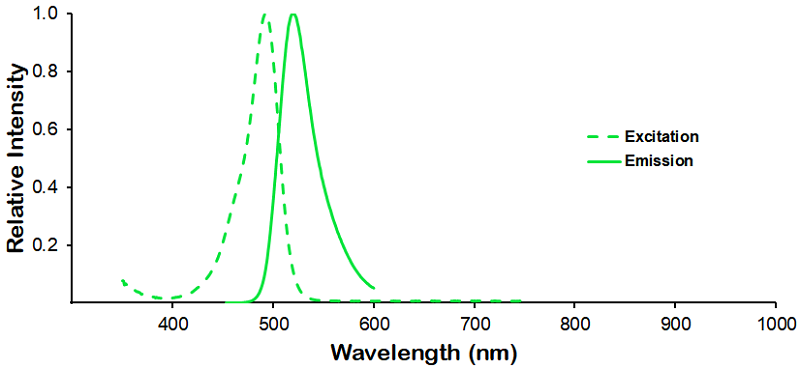
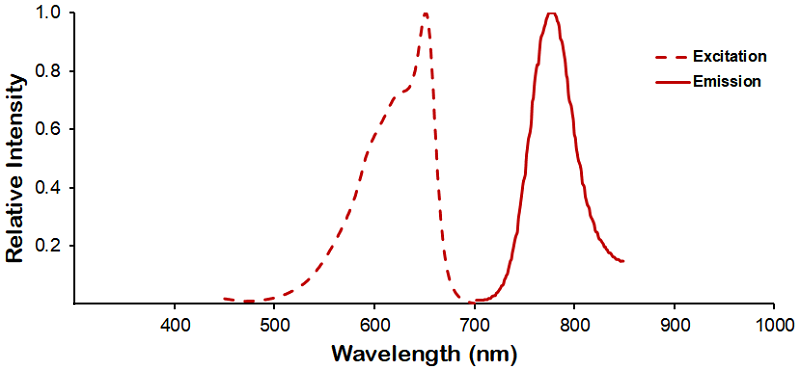
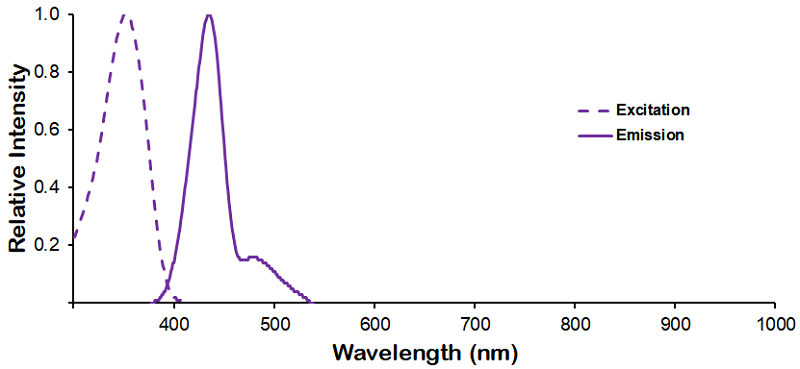
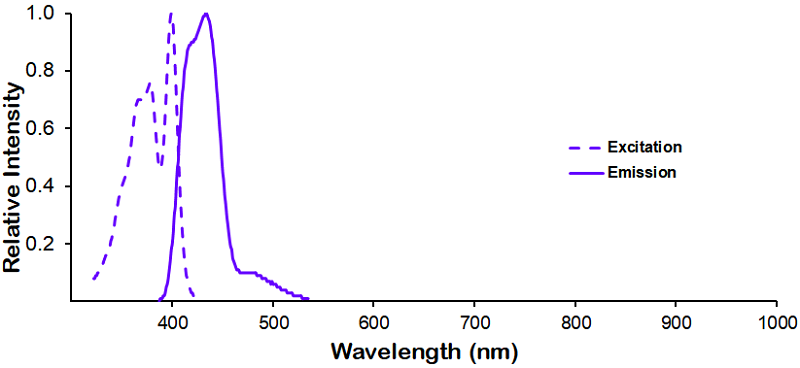
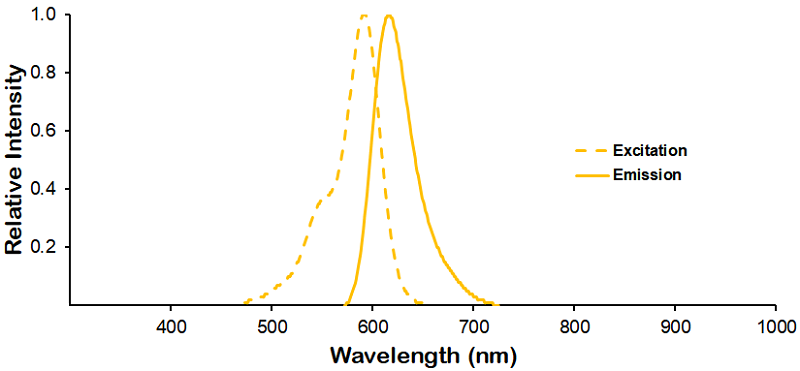

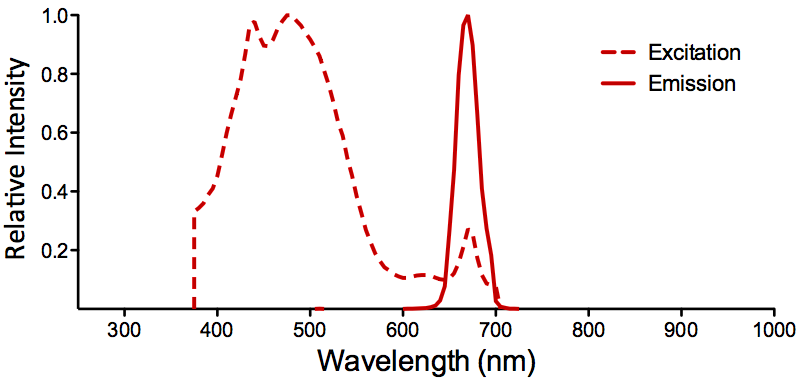
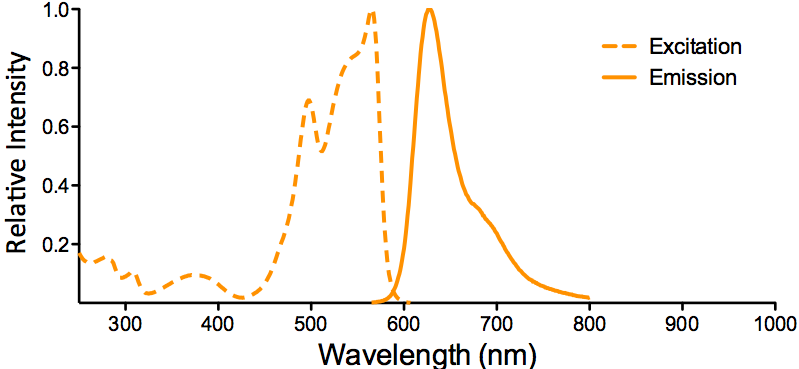
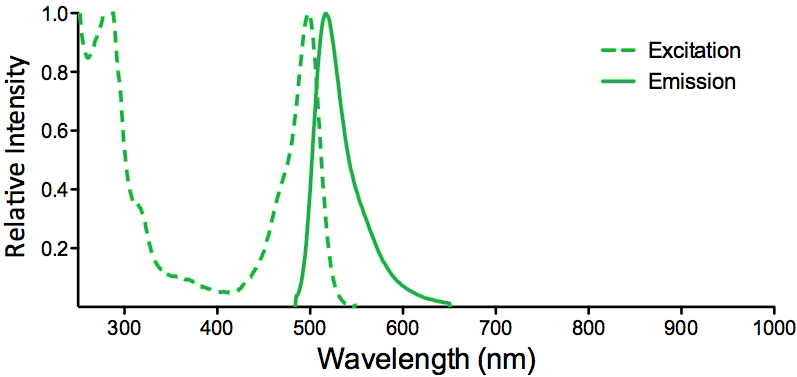
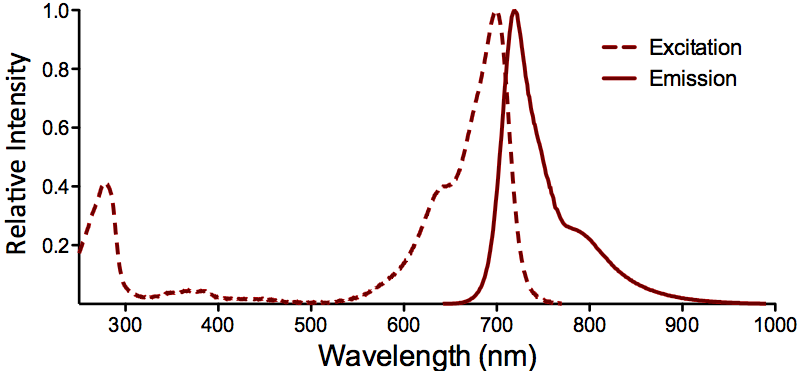
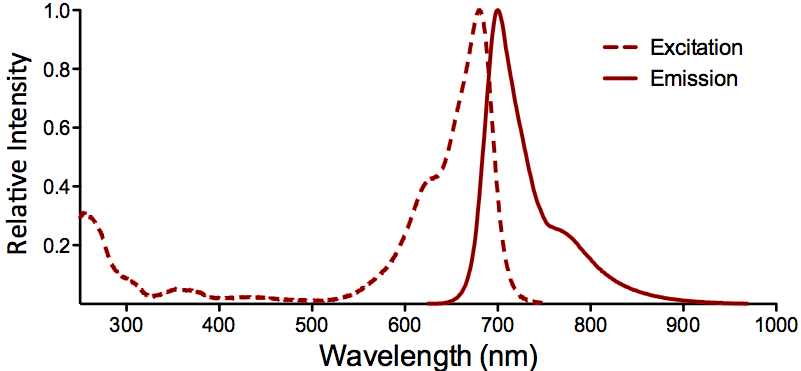

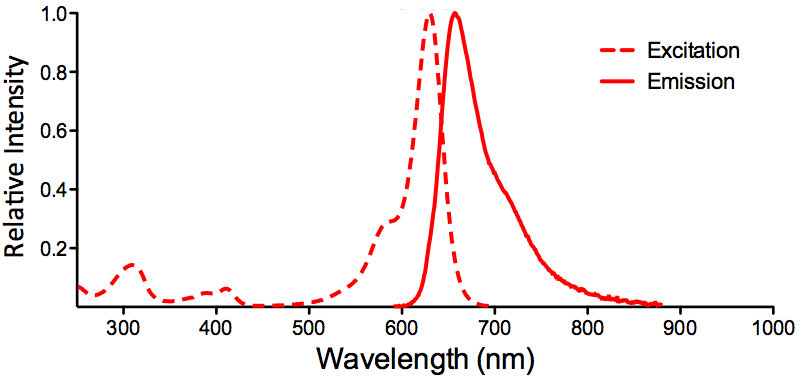
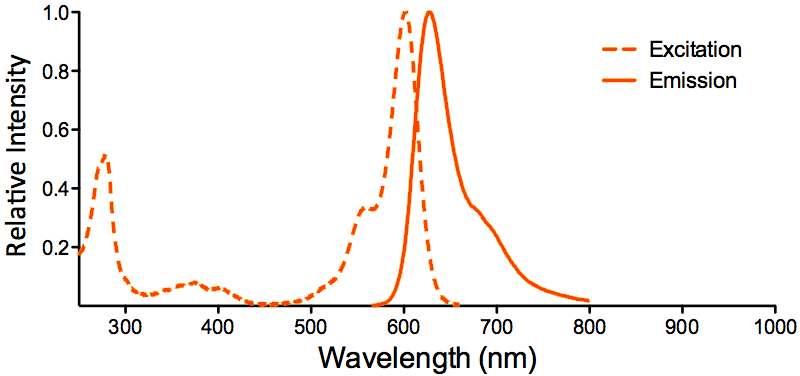

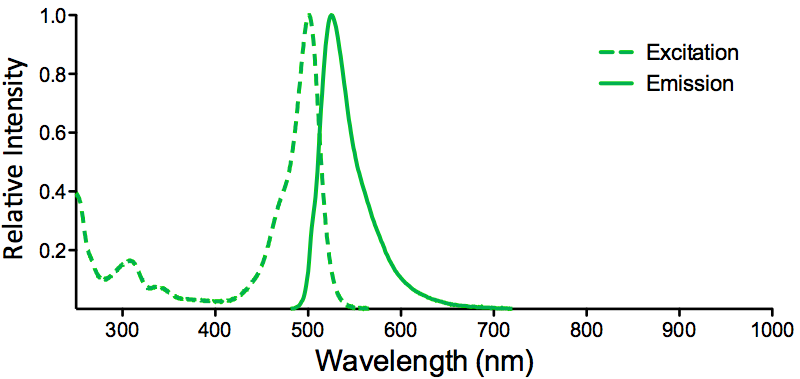
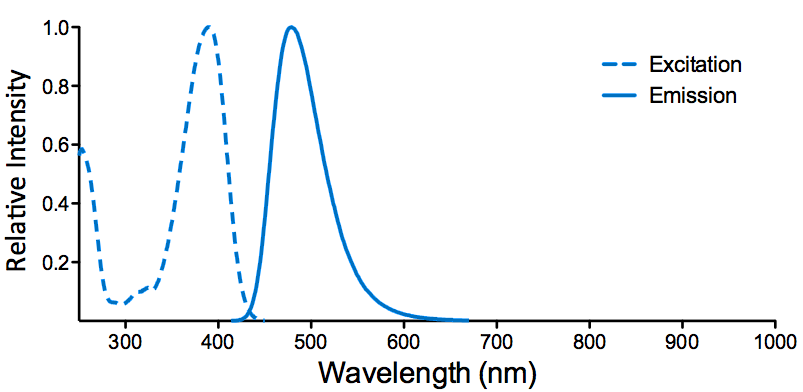
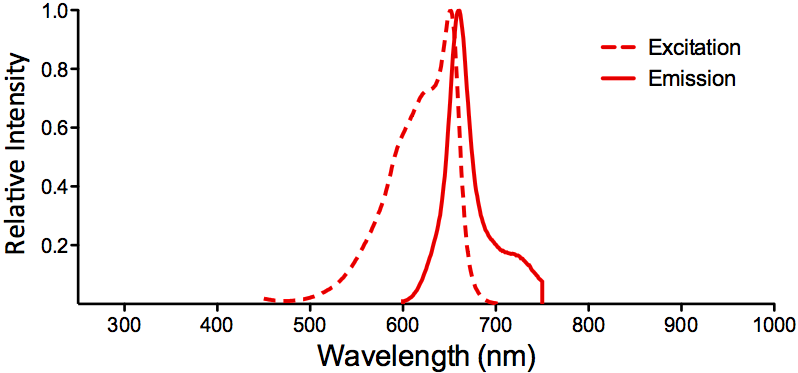
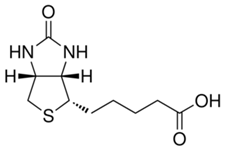
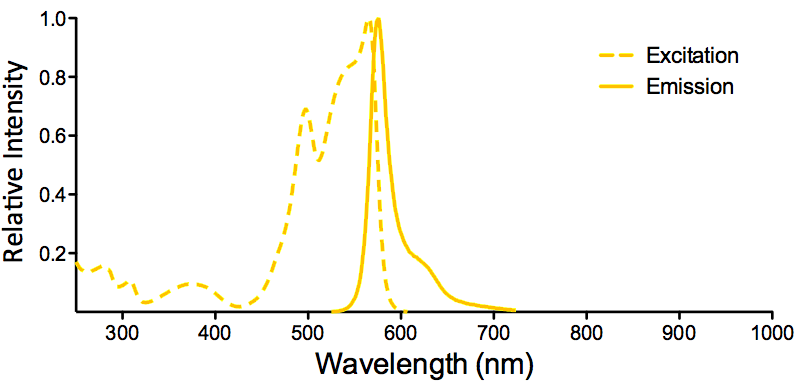
Reviews
There are no reviews yet.